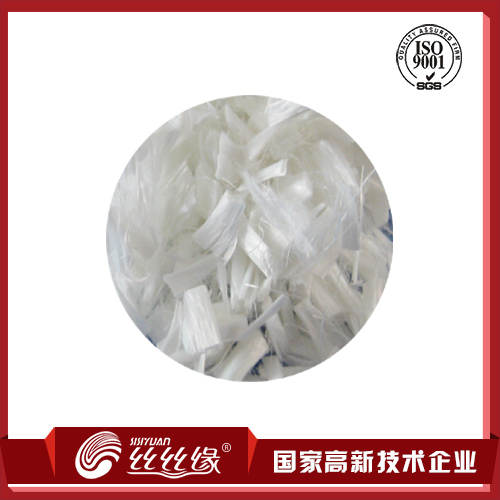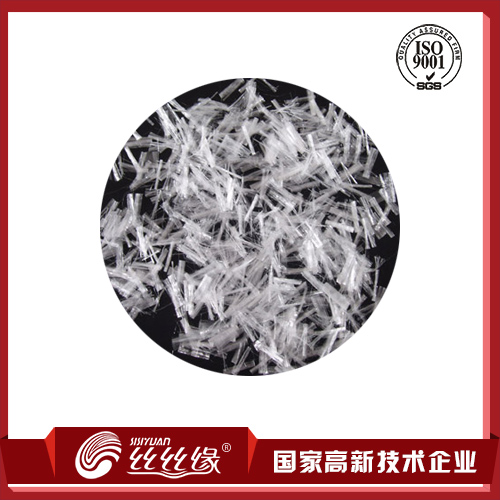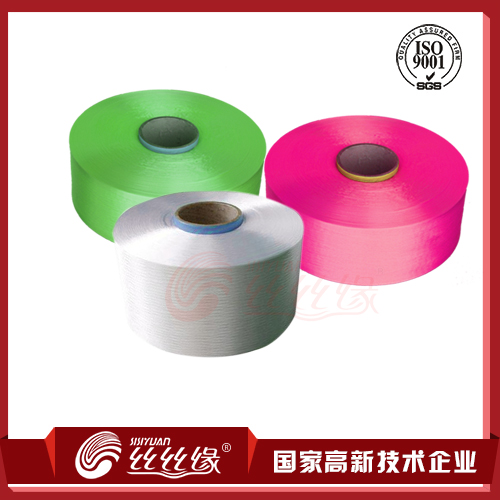
Concrete for a long time not into the mold
Site concrete mixer truck backlog
According to GB50164-2011 "Concrete Quality Control Standard" in Article 6.6.14 provides: concrete mixture from the mixer after discharge to pouring the completion of the extension should not exceed the provisions of Table 6.6.14. That is, when the temperature ≤ 25 ℃, the duration should not exceed 150 minutes; when the temperature> 25 ℃, the duration should not exceed 120 minutes.
The pouring time is too long and the workers are tired
And in the construction of the construction site or secondary structure of the site, often more than 180min, even worse, more than 300min. Especially in the summer, more than 3h of the concrete is not easy to pour, if the admixture dilute and then pouring, which is better; some sites directly to the water after the pouring continued pouring, which is bound to cause the strength of concrete The
2
Concrete is not layered construction
Pouring concrete at once to the top
Pouring concrete is too high
In GB50164-2011 "concrete quality control standards" in the 6.6.9 of the provisions of "pouring vertical size of the larger structure, should be layered pouring, each layer of pouring thickness should be controlled at 300 ~ 350mm; and more Arrange the vibrator bar, should be pouring concrete side vibration, should be continuous molding.
Pouring concrete is too high
Ultra-high pouring is likely to cause expansion of the mold, if not with the pouring with the vibrator, it is prone to vibrate the formation of empty holes, exposed bars and honey pimple. Pouring within 3 meters of the wall, you can divide the two layers, if the pumping concrete is easy to work, easy to vibrate dense, you can increase the height of the layer to 1000 ~ 150mm. When the vibrating speed can not keep up with the pouring speed, should immediately stop pouring, until the vibrant personnel to keep up with pouring.
3
Water is added to the concrete site
Add water to the pump
In the GB / T14902-2012 "ready-mixed concrete" standard in the 7.5.2 clearly states: "mixing truck in the mixing tank before the water should be drained, after charging is strictly prohibited to the concrete tank add water". Some construction workers disregard this provision, in order to facilitate the pumping, to reduce the leveling resistance, the private water pipes to the bucket or tank with water; more, do not look at the dry and thin, first put the water pipe Plus water side pouring.
Add water to commercial concrete
The addition of water to the concrete mix increases the water-to-glue ratio of the concrete, and the higher the water-to-glue ratio, the lower the final strength of the concrete. If too much water is added, the strength of the concrete will not reach the design requirement. , And finally through the reinforcement and reinforcement to remedy, even those who seriously come back. This will cause great damage to the construction enterprises. Therefore, the national standard clearly stipulates that it is strictly prohibited to add water to the concrete mixture, when the concrete mixture slump is small, you can ask the tanker driver in accordance with the company's technology to join the appropriate amount of admixture to adjust the slump, so that In pumping construction.
4
The concrete is filled with water
Water before the reception
Construction site workers in order to facilitate the reception, sprinkling the phenomenon of water is also commonplace, the construction site technical staff will not stop, seriously affecting the quality of concrete. To the concrete sprinkled water surface, increasing the concrete surface of the water-cement ratio, an increase of hardened slurry gap, the concrete surface loose, reducing the strength of the concrete surface and anti-carbonation capacity, resulting in concrete surface gray, Return to sand and cracking.
5
The concrete slump is too big
6
Dispose of concrete quality defects without authorization
Dealing with the hazards
In the construction process, often due to ideological and technical defects, making the construction unit of concrete components have a variety of defects, such as honeycomb, linen, cracks, exposed bars, holes and other repair, but without reinforcement, will cause Concrete life defects affect the life of the building, and the concrete entity testing, the impact of the concrete performance of the real judgments.
7
Premature demolition of concrete
Wall template removed
Because concrete strength is low, concrete and steel bar to work with poor ability, in the component weight, construction load and other vibrations, easy to cause the steel in the concrete sliding, thereby reducing the bond force of steel; premature demolition, resulting in concrete surface over Early loss of water, to accelerate the concrete surface carbonization to reduce the durability of concrete.
Plate template removal
Concrete strength is lower than the demoulding strength and premature demolition of mold, easy in the tension zone cracks, and even pressure area is also destroyed, resulting in security incidents; concrete premature demolition mold will increase the amount of concrete creep, resulting in structural deformation; Premature demolition mold, due to the low strength of concrete, demolding process, prone to collapse angle or local collapse phenomenon, weaken the component section, affecting the carrying capacity and appearance quality.
Plate template removal
Some of the site for the rush period, the first night pouring concrete, the next morning to remove the wall column template. When the temperature is normal, but in the face of cooling weather, the next morning demolition of the mold too early, because the concrete has not finished condensate. Modification of the mold will appear too early or even along the stirrup (horizontal tendons) to produce horizontal cracks. This is because the concrete is due to heavy subsidence. Therefore, before removing the template, be sure to first check whether the concrete final condensate, with a finger on the top of the concrete without loose mortar for the appropriate, otherwise you can not remove the template.
8
Concrete is not layered construction
Wall, frame column
When pouring concrete, the reinforced concrete columns, walls, etc., which are poured from the top, are too high. The coarse aggregate in the concrete is separated from the concrete and rolled over the outer or bottom of the concrete pile, or in the process of pouring Aggregate down, and the mortar falls behind, causing the separation of concrete, so that coarse aggregate squeeze in the floor corners, easy to form a "honey", "Ma", "rotten" or caused sand, stone uneven distribution. Moreover, the freedom of dumping height is too high, the concrete has a great impact, it will hit the bar, so that the vertical component stirrup dislocation, which will affect the component's mechanical properties.
9
Concrete conservation is not in place
Wall, frame column
Water is a necessary condition for the hydration reaction of cement, so the ambient humidity has a significant effect on the normal development of concrete strength. Humidity is not enough, the concrete will lose water drying and affect the normal hydration of cement, or even stop hydration. The earlier the drying time is, the more severe the shrinkage cracking is, the more loose the structure, the greater the loss of the strength, the greater the carbonation of the concrete surface, and the lower durability.
Foundation, board
10
The concrete pouring order is not there
Due to pouring order, improper fabric, will cause the concrete components in the sand, stone uneven, affecting the concrete strength and components such as honeycomb, linen, holes and other defects, to the quality of the project caused by hidden dangers, may also constitute a major quality accident.
11
Less concrete cementing material
Less cementing material, strength is not enough, the whole body removed
JGJ55-2011 "ordinary concrete mix design rules" in Article 7.4.2 provides: "pumping the amount of concrete binder material should not be less than 300kg / m3". And some mixing stations in order to reduce production costs, low-grade concrete mix in the design of the material is 280 kg / m³, and even worse, the C15 fine stone concrete binder ratio is also designed to 280㎏ / m³ , The results of a car C15 fine stone concrete lead to multiple blocking pump, and finally had to be drained, re-adjust the gel material to 340kg / m3 before the normal pumping construction.







